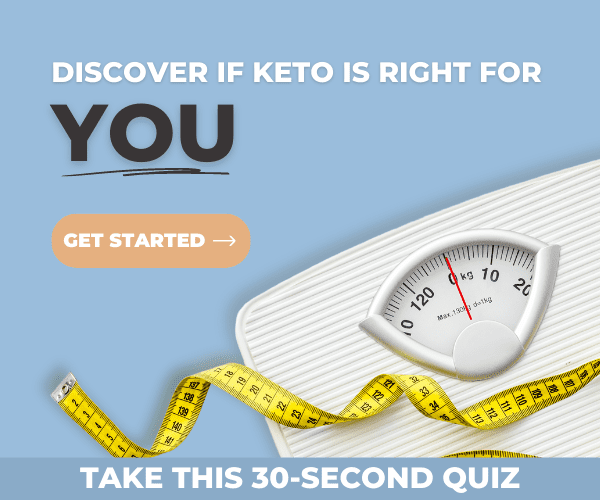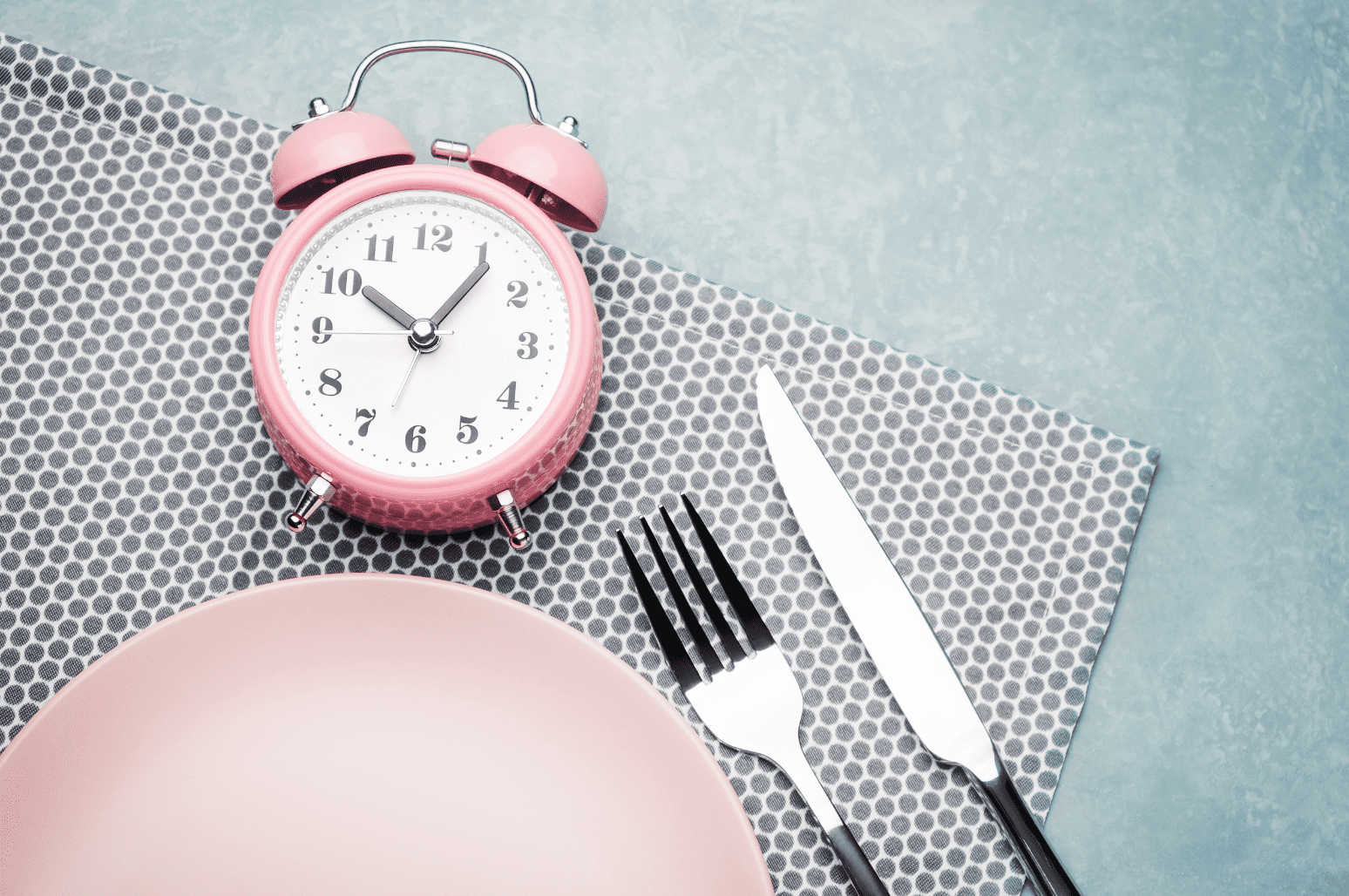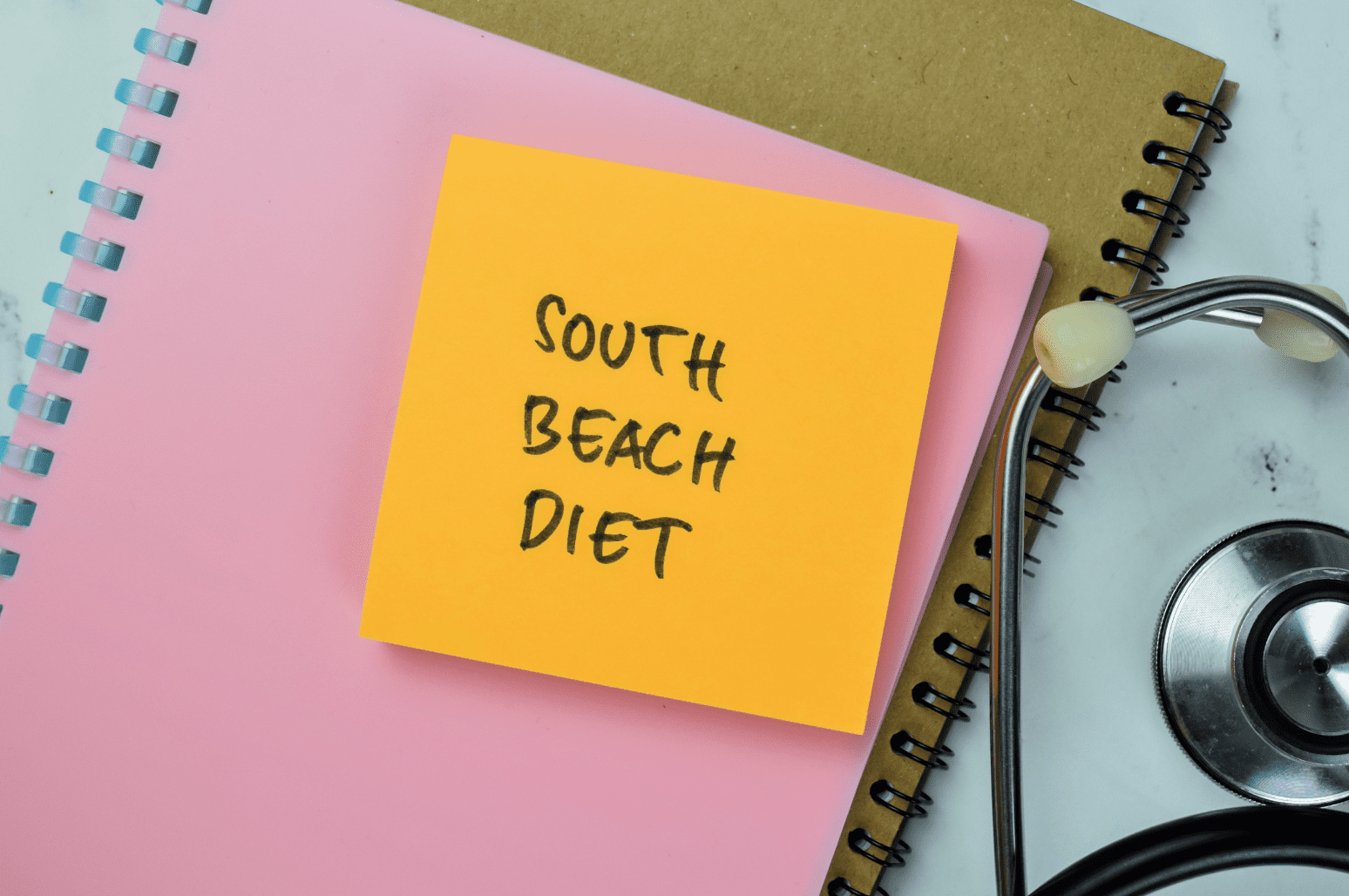Troubleshooting A Keto Plateau: What To Do When You Stop Losing Weight On Keto

Maybe you initially lost a lot of weight on keto, but now your progress has stalled. Or, maybe you sustained a steady weight loss of 1-2 pounds per week, but now even that’s tapered off? Regardless of how you got there, weight loss plateaus can be frustrating – especially if you think you’re doing everything right.
Are you on a keto plateau? Here’s your troubleshooting guide to get back on track in no time.
Have You Hit A Keto Plateau?
Before you can troubleshoot your plateau, you first must determine that you really are on a plateau. You’re on a plateau when your weight loss comes to an abrupt halt – and that includes all forms of progress. If the scale won’t budge, but you’re losing inches and packing on lean muscle mass, then you’re not really on a plateau. Remember scales can be deceiving.
However, if you notice that your scale is stuck and your body measurements aren’t changing, then it’s more likely that you’re on a plateau. Without making any changes, you could be stuck on a plateau for a few weeks.
How Do You Break A Keto Plateau?
Most people experience plateaus mid-way through their weight loss journeys, but the good news is that if you spot the signs of a plateau, you can power through it with these four methods.
1. Decrease calories
To get through a plateau, you might need to adjust your daily calorie goals. As you lose weight, your body requires fewer calories. For example, if you were able to lose weight while eating 1800 calories each day, you might now be at a weight where you simply burn fewer calories. This means that you might crush your plateau by simply adjusting your calories down to 1500. You can find your specific needs with this calculator.
Tip: If you’ve stopped counting or measuring foods, try measuring (rather than eye-balling) portions. Studies show that many dieters often underestimate the number of calories they consume each day with many people consuming double the number of calories they thought!
[1]
2. Increase protein
Adjusting your caloric intake isn’t your only option. Increasing your protein can be a simple – but tasty – way to get through your plateau. Protein can help you lose weight in a few ways:
- Protein can speed up your metabolism by up to 30%. Neither fat nor carbs can speed up your metabolism this much. [2]
- Protein helps you stay full longer, so you’re less likely to snack – and go over your daily calories.
- Eating protein helps you build lean muscle, which gives you more power for your workout, but also helps speed up your metabolism. [3]
3. Increase activity
Even if you already hit the gym, try adding more activity into your daily routine. As you get closer to your goal weight, you might find that you need to change your workout to burn the number of calories you want. For example, a 200-pound person might burn 272 calories walking for an hour at a 2.5 mile per hour pace. On the other hand, a 125-pound person might only burn 170 calories walking for an hour at the same pace.
The takeaway: as you lose weight, your same workout might not burn the same number of calories.
Bonus: the added activity can also help relieve stress. When you’re stressed, your body produces more cortisol – the stress hormone – and that has a negative effect on weight loss.. [4] Running, biking, swimming, or even Zumba can help manage stress and facilitate weight loss by reducing cortisol levels.
4. Try intermittent fasting
You’ve changed your calorie goals, added more protein, increased your activity – now what? Try intermittent fasting (IF). IF is a fasting schedule that alternates period of fasting with timed periods for eating.
There are many ways to incorporate IF into your day. The most popular method of IF is called 16:8. During this schedule, you’ll fast for 16 hours and reserve one 8-hour window for eating. Here’s a sample schedule:
- 12 noon to 8 pm: During this time, you can consume all of your daily calories.
- 8 pm to 12 noon: You’ll abstain from food, but drinking water is permitted. This is important to stay hydrated, especially if you’re very active during your fasting period.
IF can help you blast through your plateau by promoting weight loss and increasing energy. [5] [6]
Don’t Give Up!
While it can be frustrating to see your weight loss slow down (or even halt), don’t give up! Your patience will pay off – as many loyal keto fans have found. After the plateau, it’s not uncommon to experience the whoosh effect as the weight comes off.
Have you been stuck on a keto plateau? How did you break through the plateau? Share your experience with us!
References
Block, Jason P, et al. “Consumers’ Estimation of Calorie Content at Fast Food Restaurants: Cross Sectional Observational Study.” BMJ (Clinical Research Ed.), BMJ Publishing Group Ltd., 23 May 2013.
Westerterp, Klaas R. “Diet Induced Thermogenesis.” Nutrition & Metabolism, BioMed Central, 18 Aug. 2004.
Mettler, Samuel, et al. “Increased Protein Intake Reduces Lean Body Mass Loss during Weight Loss in Athletes.” Medicine and Science in Sports and Exercise, U.S. National Library of Medicine, Feb. 2010.
Cox, Tiffany L, et al. “Stress Management-Augmented Behavioral Weight Loss Intervention for African American Women: a Pilot, Randomized Controlled Trial.” Health Education & Behavior : the Official Publication of the Society for Public Health Education, U.S. National Library of Medicine, Feb. 2013.
Longo, Valter D, and Mark P Mattson.“Fasting: Molecular Mechanisms and Clinical Applications.” Cell Metabolism, U.S. National Library of Medicine, 4 Feb. 2014.
Bachman, Jessica L, et al. “Exercising in the Fasted State Reduced 24-Hour Energy Intake in Active Male Adults.” Journal of Nutrition and Metabolism, Hindawi Publishing Corporation, 2016.









